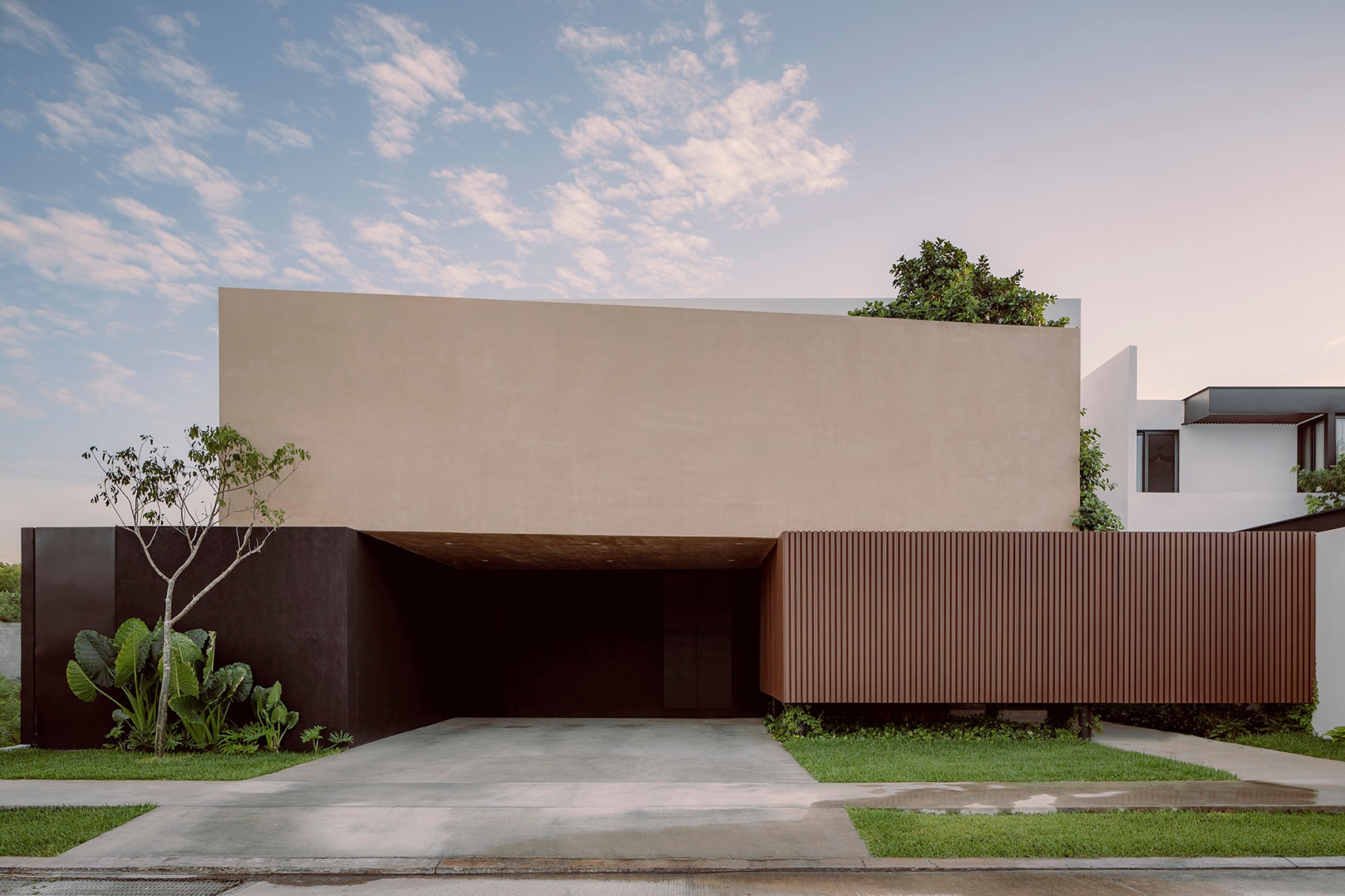
 Jan 08, 2025
Jan 08, 2025
 264
264
 admin
admin

Wood-Plastic Composite (WPC) is a revolutionary material that combines the best of both worlds: the natural aesthetics of wood and the durability of plastic. This composite material has gained significant popularity in recent years due to its versatility and eco-friendly nature. WPC is created by blending wood fibers or particles with thermoplastic polymers such as polyethylene (PE), polypropylene (PP), or polyvinyl chloride (PVC). The result is a product that not only mimics the look and feel of wood but also offers enhanced performance characteristics.
One of the standout features of WPC is its resistance to water. Unlike traditional wood, WPC does not absorb moisture, making it an ideal choice for outdoor applications like decking, fencing, and landscaping. This water resistance prevents issues such as swelling, warping, and rotting, ensuring long-term performance even in wet and humid conditions.
Additionally, WPC materials are inherently resistant to termites and other wood-boring insects. This makes them a reliable choice for applications where pest control is a concern. The durability of WPC is also noteworthy. The combination of wood fibers and thermoplastics ensures high strength and minimal wear and tear over time. This durability allows WPC to withstand heavy loads and harsh weather conditions, making it suitable for both residential and commercial projects.
Another significant advantage of WPC is its low maintenance requirement. Unlike natural wood, which requires frequent painting, sealing, or polishing, WPC is virtually maintenance-free. Its resistance to stains, scratches, and fading eliminates the need for constant upkeep, making it a convenient choice for homeowners and businesses alike.
WPC materials are an environmentally responsible choice, as they incorporate recycled wood and plastic in their composition. By reusing waste materials, WPC production helps reduce landfill waste and minimizes the demand for virgin resources. This contributes to a greener, more sustainable future and aligns with the growing trend of eco-friendly construction practices.
The versatility of WPC makes it suitable for a wide range of applications. It is commonly used for decking due to its slip-resistant surface and resistance to water, UV rays, and extreme weather. WPC is also popular for fencing, offering strength and durability with minimal upkeep. Its aesthetic appeal and durability make it an excellent choice for wall cladding, adding a stylish and protective finish to buildings.
In the furniture industry, WPC is increasingly used for outdoor settings. Its termite-proof and weather-resistant properties ensure that tables, chairs, and benches remain intact and functional, even when exposed to harsh conditions. WPC flooring is another area where this material excels, providing a water-resistant solution for both indoor and outdoor spaces.
As technology continues to advance, WPC materials are being enhanced with new features and applications. For example, foamed WPC materials are gaining traction due to their lightweight structure and improved thermal and acoustic insulation properties. These innovations not only expand the range of applications for WPC but also further improve its sustainability and cost-effectiveness.
In conclusion, Wood-Plastic Composite materials offer a sustainable and durable alternative to traditional building materials. Their unique combination of properties, including water resistance, low maintenance, and eco-friendliness, make them an excellent choice for a variety of construction and design projects. As the demand for sustainable and versatile materials grows, WPC continues to evolve, offering even more benefits and applications in the future.


